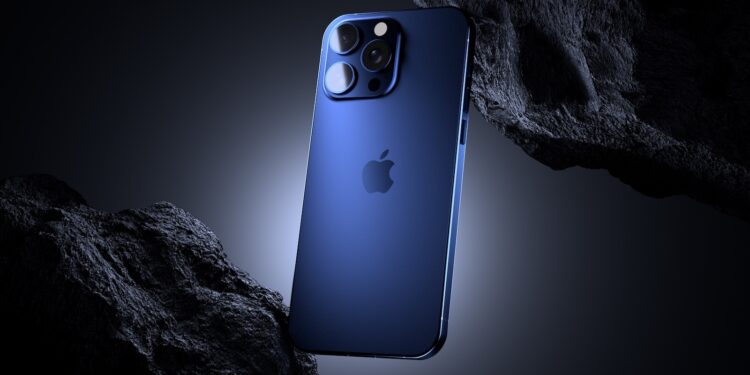Apple is working on equipping future iPhone models with a new display technology called tandem OLED panels – a technology currently only used in the M4 iPad Pro models. The switch to this structure promises noticeable improvements in brightness, energy efficiency, and longevity. When and with which partner production will begin has not yet been decided. Specific market launches are not expected until after 2028 at the earliest.
Displays are a central element in the development of mobile devices. Apple uses OLED technology with a single active light-emitting layer in its current iPhones. The planned switch to tandem OLED, a two-layer structure, could fundamentally change display design. Initial evidence of this is provided by a report in the South Korean publication The Elec. It describes that Apple has concrete plans for a modified version of the tandem technology.
What's behind Tandem OLED
The tandem OLED displays used in the iPad Pro models consist of two RGB light layers arranged one above the other. This structure offers several advantages. Firstly, it increases maximum screen brightness, which is particularly important in strong ambient light. Secondly, it improves energy efficiency, as less power is required to achieve the same brightness. Furthermore, it has a longer lifespan because the load is distributed across two light layers. Current iPhones use OLED panels with a single light layer – so-called single-stack structures. Switching to a tandem architecture would represent a significant technological leap.
Apple's variant: Simplified tandem procedure
According to the report, however, Apple is not planning a full implementation of the existing tandem technology, but rather a modified version. Only the blue subpixels will be arranged in two layers. Red and green will remain in a single layer. This simplified process is already known in the industry as "simplified tandem." It is intended to achieve a good balance between technical improvement, manufacturing complexity, and cost efficiency. LG Display proposed this solution to Apple and apparently enjoys confidence in the reliability and maturity of its technology. LG had already presented a tandem OLED approach for the iPhone several years ago.
Competition and supplier issues
Apple is still deciding whether Samsung Display or LG Display will be awarded the production contract. Currently, LG appears to have the advantage. While LG already manufactures two-layer OLEDs for automobiles and supplies Apple with panels for the iPad Pro, Samsung still predominantly relies on single-layer structures for automotive OLEDs. LG is also currently ahead of Samsung in terms of delivery volumes for the iPad Pro. In the long term, it cannot be ruled out that Apple will involve multiple suppliers. A broader portfolio secures production capacity and strengthens its position in price negotiations. The Chinese company BOE could also play a role in this. It is already known as a display supplier to Apple and could be considered as a third supplier.
Schedule and market launch
The Elec report mentions a two-year production plan that Apple is currently pursuing. Therefore, it will likely be several years before market readiness. A market launch for iPhones with tandem OLED technology is realistic after 2028 at the earliest. Apple's exact strategy is not yet clear. As is usual with long-term technology projects, changes to the plan are possible at any time.
The next-generation iPhone display
Apple plans to fundamentally evolve the display technology of its iPhones. With the introduction of a simplified tandem OLED design, better brightness, greater energy efficiency, and longer durability are within reach. Many decisions are still pending—for example, regarding the choice of supplier and the final technical design. One thing is certain, however: The iPhone series will receive a significantly more powerful display in the coming years. When exactly that happens depends on the implementation behind the scenes. Until then, the tandem OLED iPhone remains a future project—but one with a clear direction. (Image: Shutterstock / Enkhtulga Khandsuren)
- Apple focuses on folding devices – a model is still pending
- iPadOS 26 is ready for the upcoming 18.8-inch iPad Fold
- iPhone 17 Air with 2.49 mm battery – Apple focuses on extreme design
- JPMorgan: iPhone Fold launches in 2026 with huge market potential





